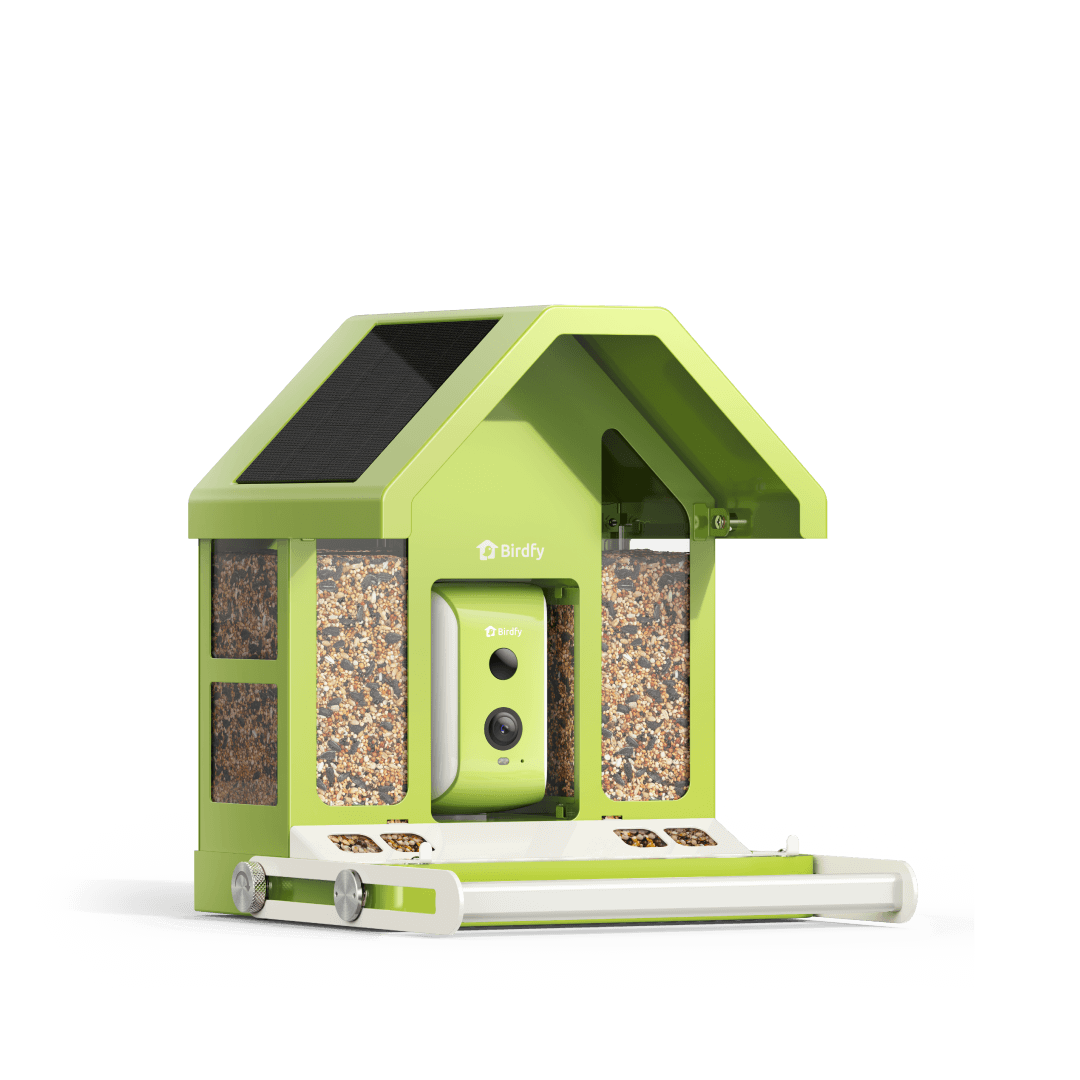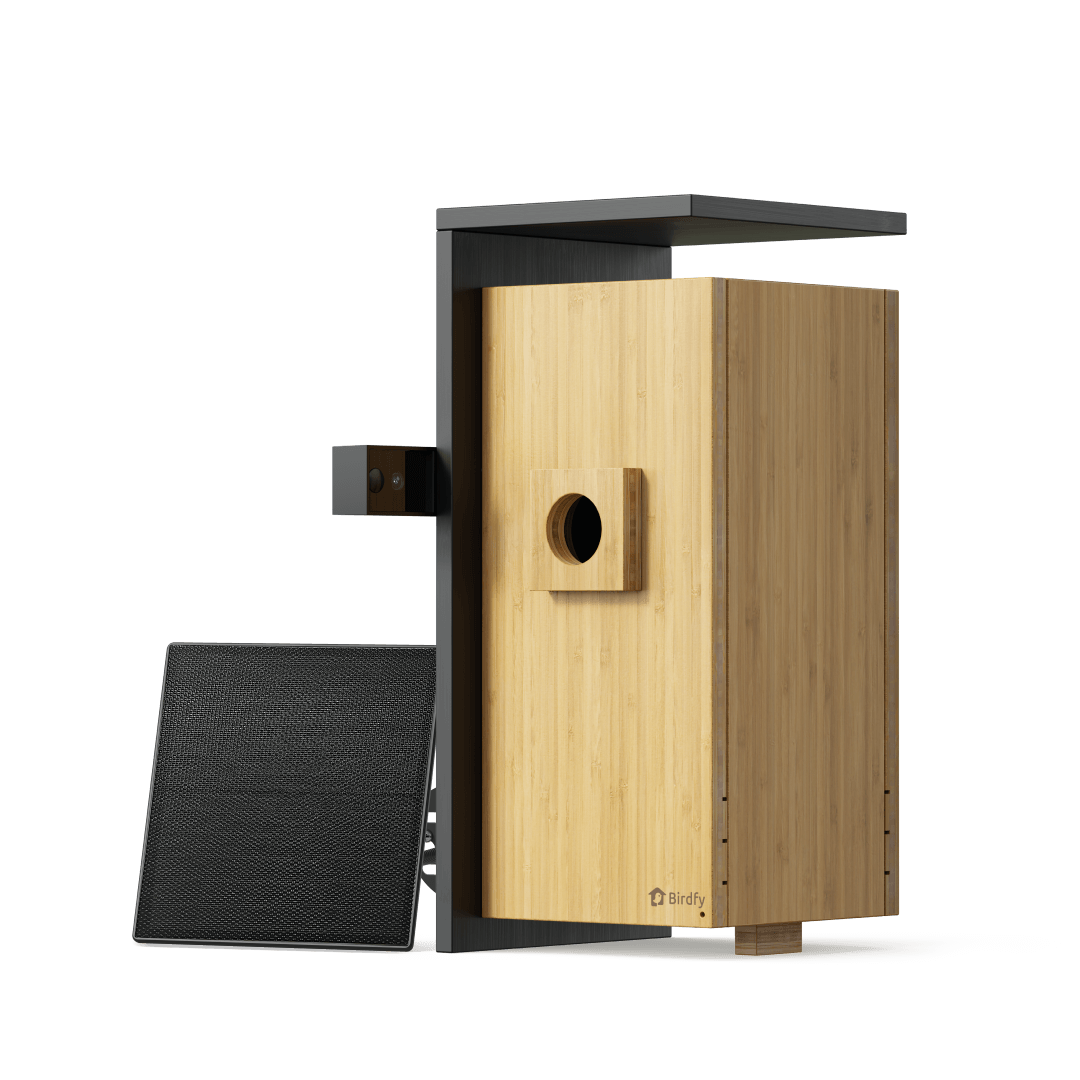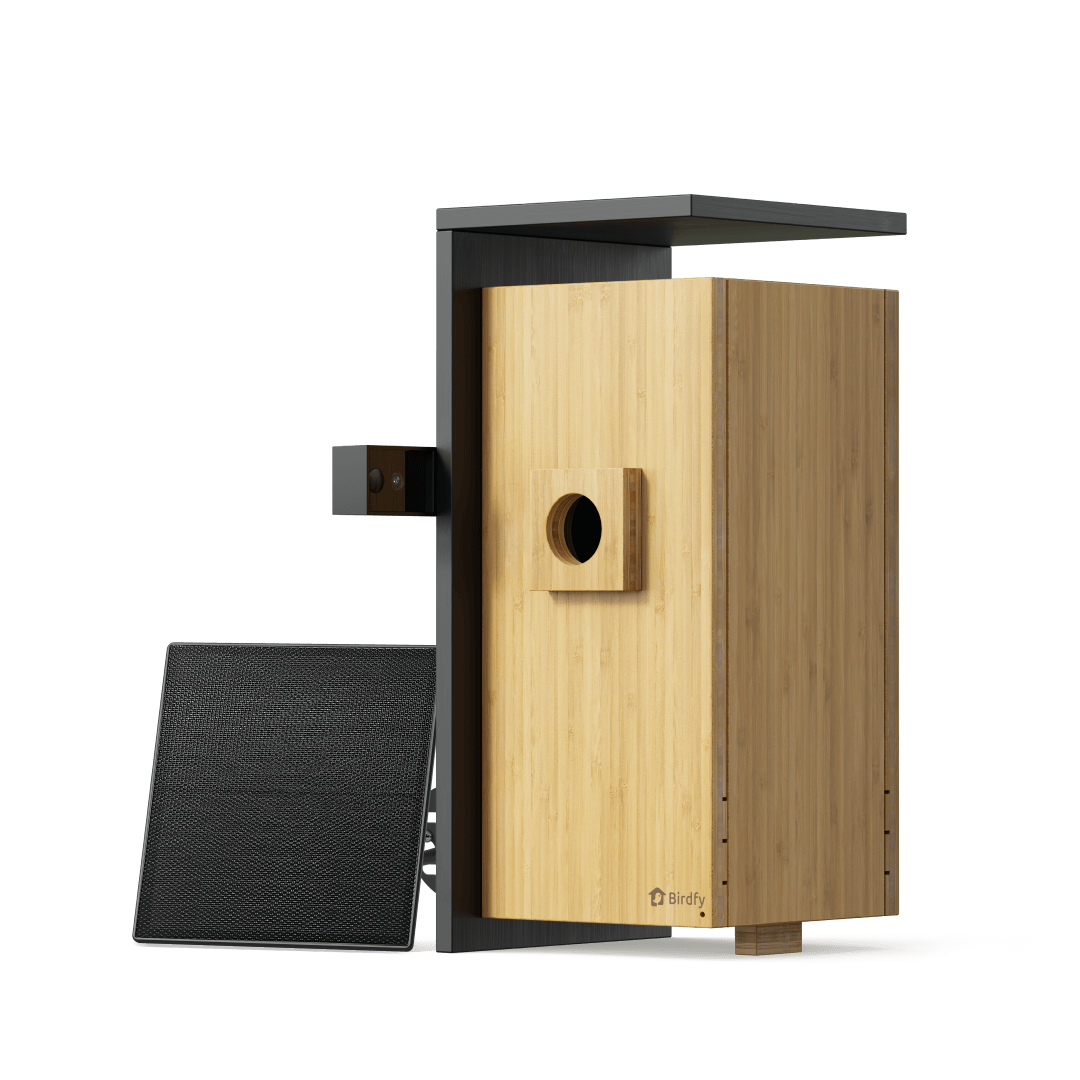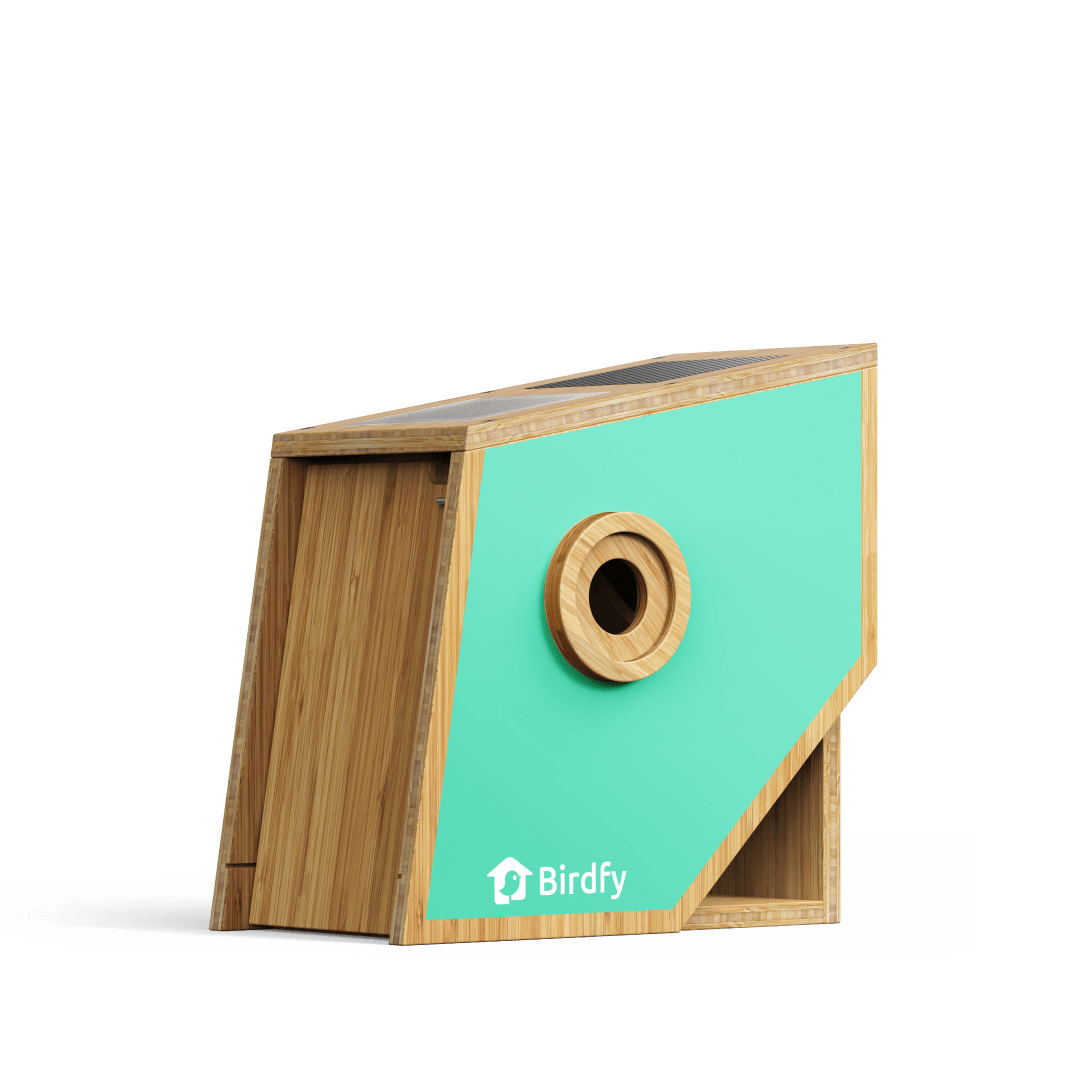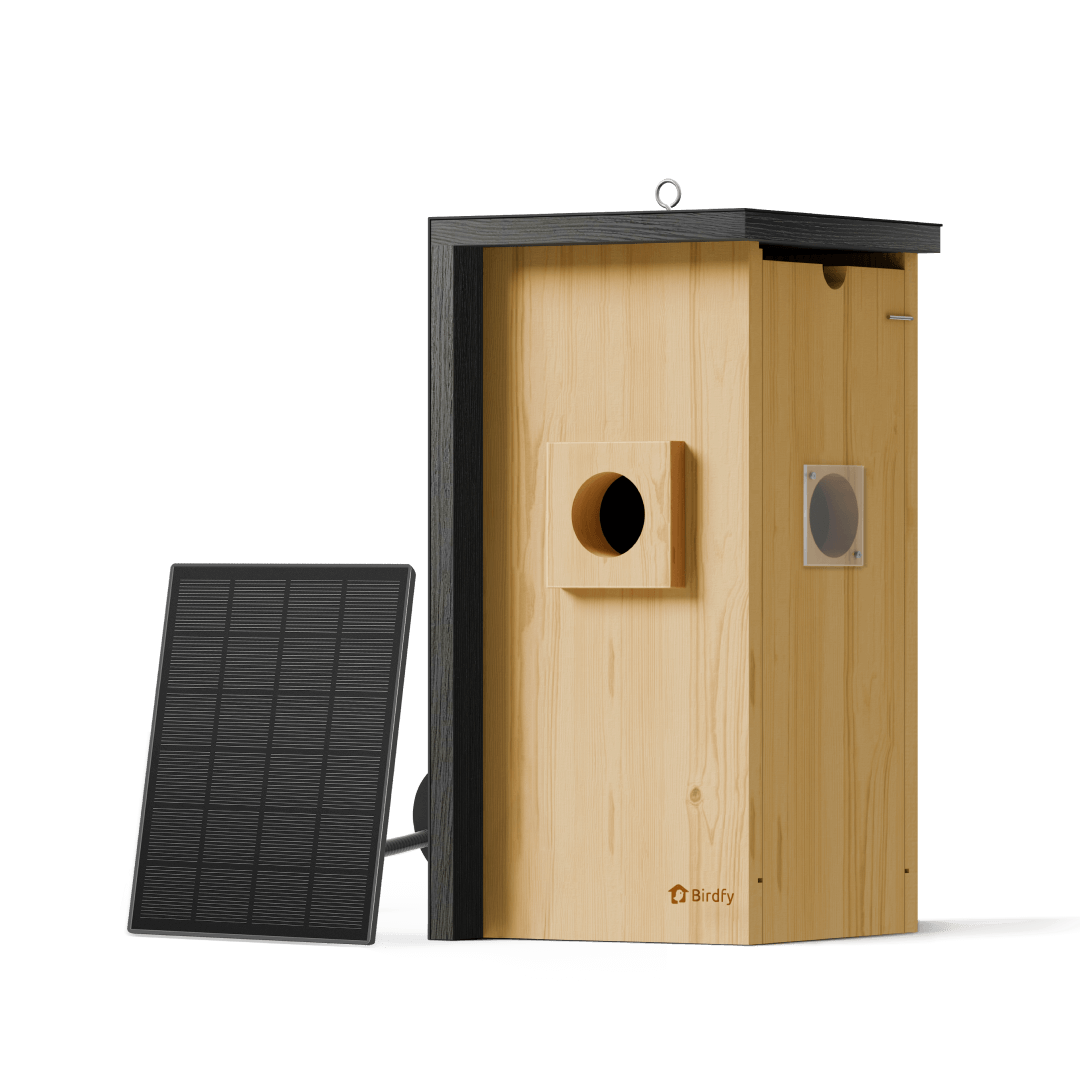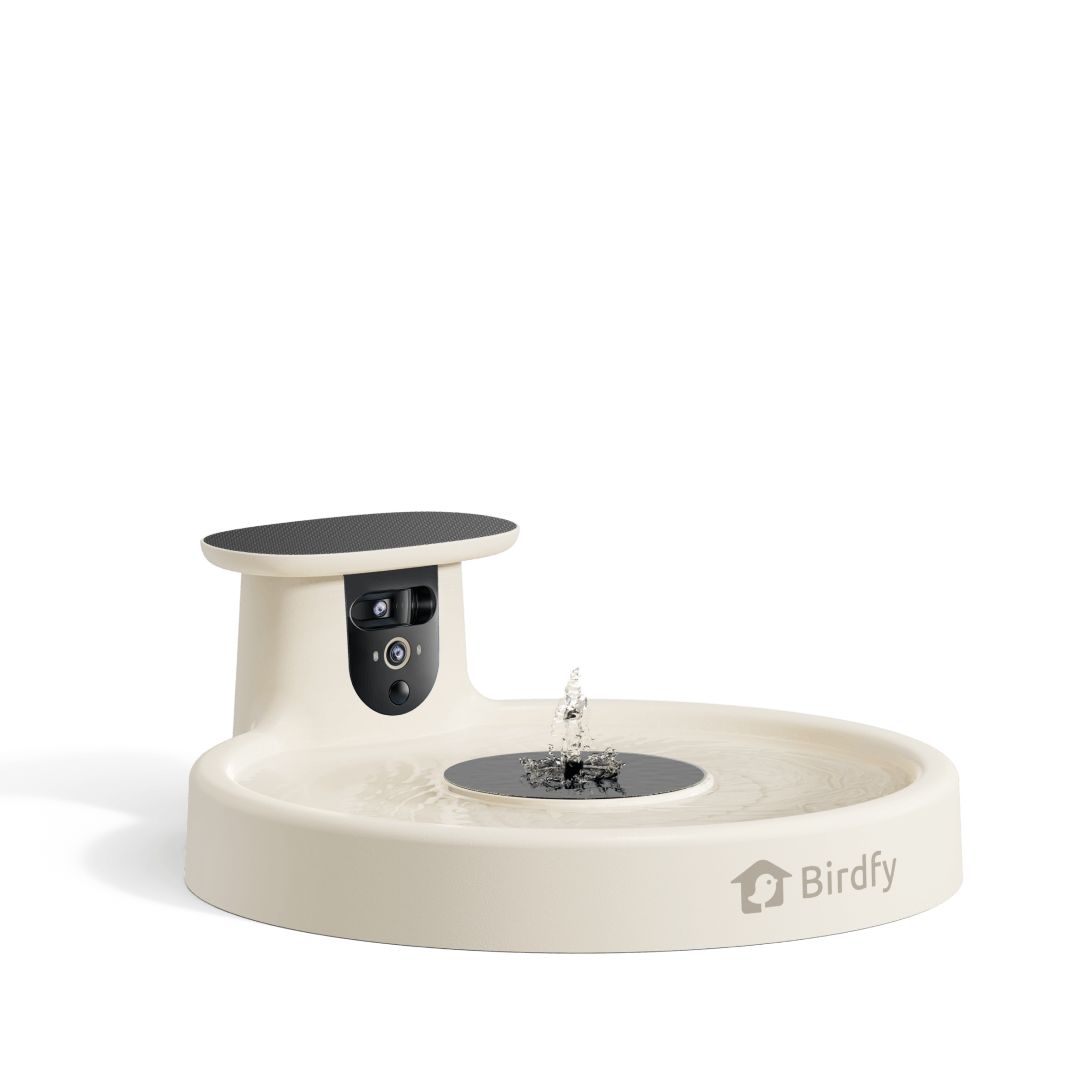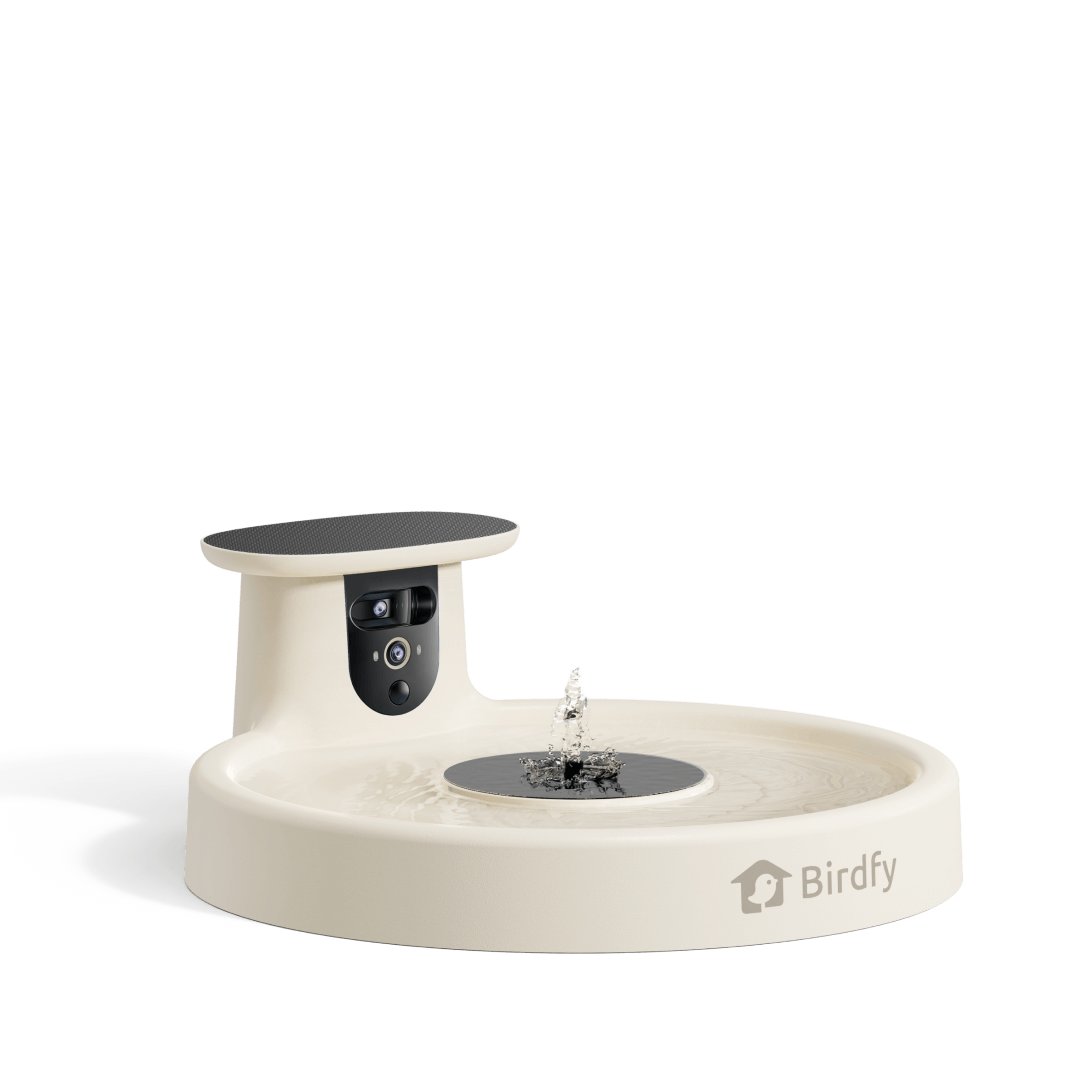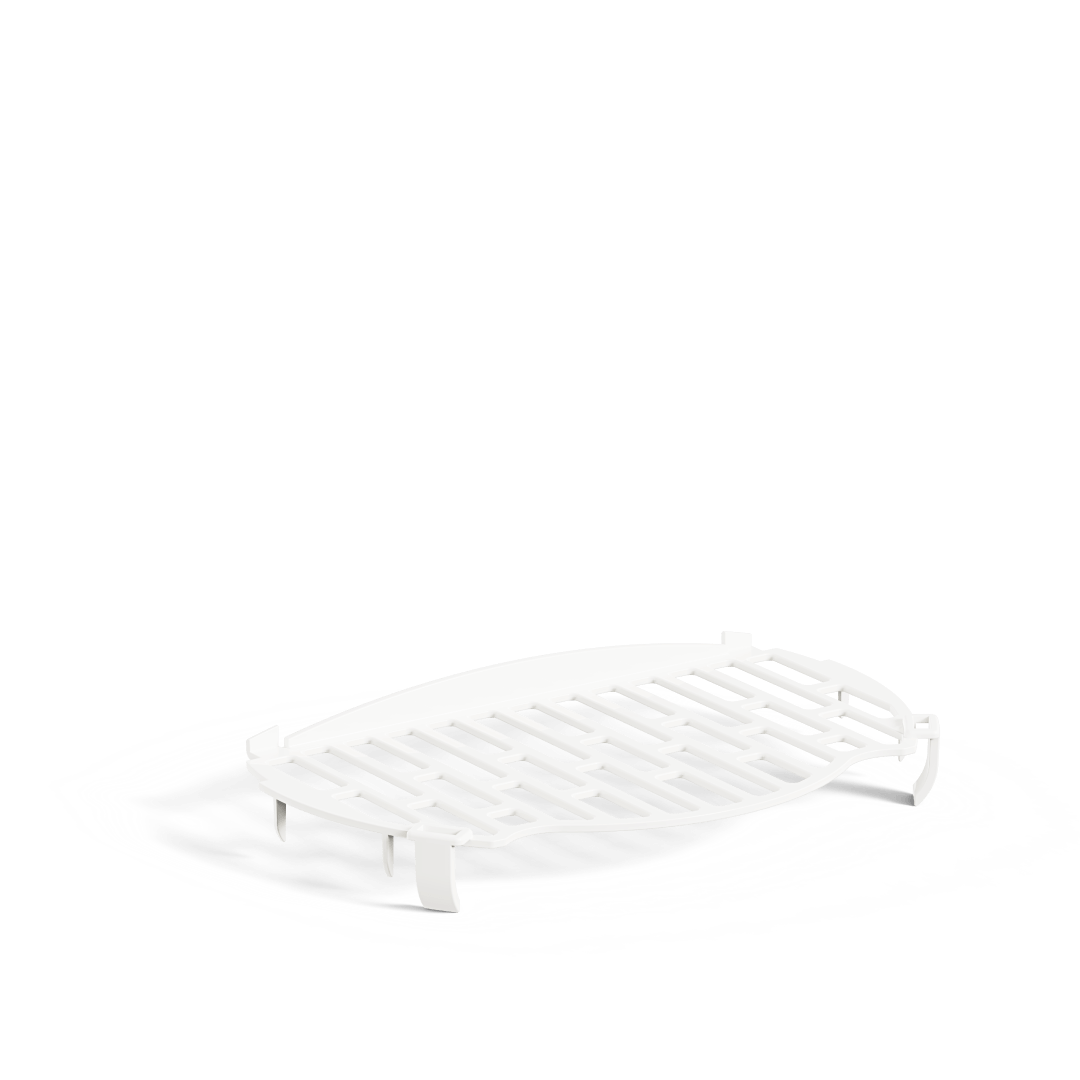Weird Names of Birds
Bird names are a mix of the scientific and the whimsical, with some names sounding like novel characters instead of real creatures. Today, we will explore some of the weirdest and funniest bird names out there, uncovering the stories behind them. Get ready for a fascinating journey through avian nomenclature and stories behind these cute creatures.
Bare-faced Go-away-bird: The Shy Aviator
The Bare-faced Go-away-bird (Crinifer personatus) is an intriguing species found in the tropical and subtropical regions of Africa. This bird is a unique member of the turaco family, known for its unusual grey color and loud vocalizations. The Bare-faced Go-away-bird eats fruits, leaf buds, and seeds. They love to build nests in tall acacia trees. Bare-faced Go-away-birds are named for their distinctive bare black face and their call that sounded like "go-away."
Basic Info:
Scientific Name: Crinifer personatus
Lifespan: up to 10-15 years
Size: 19 in (48 cm) in length
Weight: 7–11 oz (210-300 g)
Wingspan: Approximately 22–24 in (0.55-0.6 m)
Secretary Bird: The Regal Raptor

The Secretary Bird (Sagittarius serpentarius) is a fascinating raptor known for its long legs, striking appearance, and unique hunting behavior. Found primarily in the open grasslands and savannas of Africa, this bird is easily recognizable and admired for its elegance and prowess as a predator. The Secretary Bird's name comes from the 1800s when Europeans first spotted these birds. At that time, male secretaries wore gray tailcoats and dark knee-length pants, using goose-quill pens that they carried behind their ears. It is funny how Secretary Bird has similar physical features.
Basic Info:
Scientific Name: Sagittarius serpentarius
Lifespan: up to 10-15 years
Size: 4.1 to 4.9 feet (1.2 to 1.5 meters) tall
Weight: 5 to 9.4 pounds (2.3 to 4.3 kg)
Wingspan: 6.9 feet (2.1 meters)

Chachalaca (Ortalis vetula) is always heard before it is seen. The Chachalaca is a long-tailed, tropical bird that lives in the treetops. These brown and grey birds eat flowers, buds, fruits, and insects. They are common in forests in the Rio Grande Valley and south into Central America. Though their plumage is subtle, their raucous and vivid sound makes them recognizable in the forests. In the state parks in Texas, Chachalaca's loud chorus "cha-cha-lac!" may help you recognize them. They often visit the bird feeding stations when there are corn and seeds provided.
Basic Info:
Scientific Name: Ortalis vetula
Lifespan: up to 8 years
Size: 19-23 inches (48–58 cm) tall
Weight: 10.6-24.2 oz (300-685 g)
Blue-Footed Booby: The Colorful Diver

Blue-footed Booby is famous for its vivid baby-blue feet, which is a part of their mating display. The "booby" in their name comes from the Spanish for "stupid" ("bobo" ) because of their tameness around people. Blue-footed Boobies catch fish in spectacular dives from high in the air. Interestingly, Blue-footed Booby makes no nests but lay eggs on bare ground. They can be found on the western coasts of Central and South America.
Basic Info:
Scientific Name: Sula nebouxii
Lifespan: 17 years
Size: 32 to 34 in (0.81 -0.86 m)
Weight: 3.25 lb (1.5 kg)
Wingspan: nearly 5 ft





